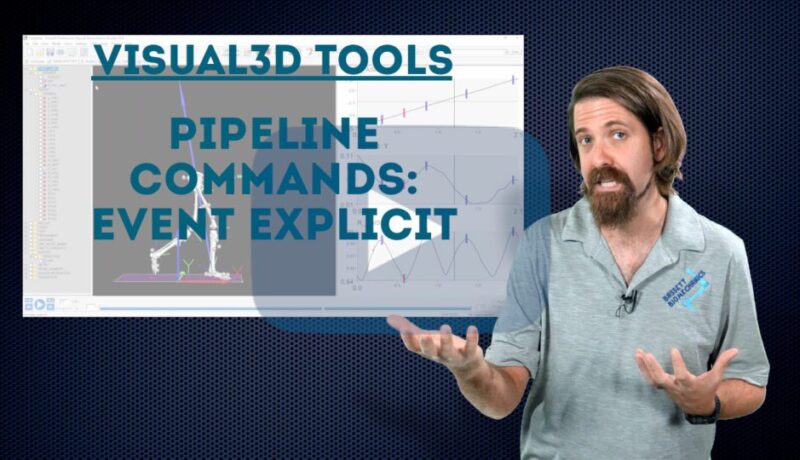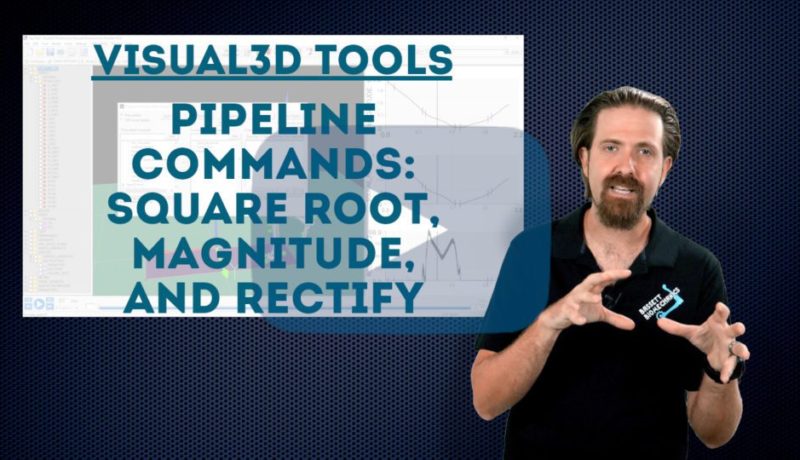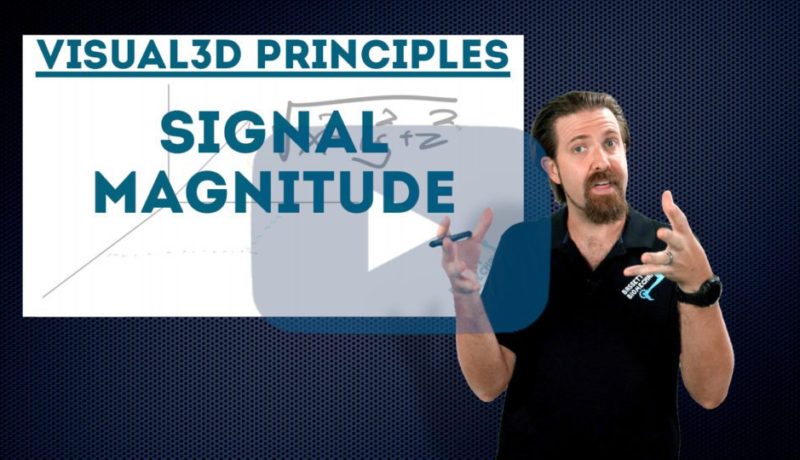Performing complex calculations
Visual3D Expert Builder Pipeline Unit 6 Chapter 4: Performing complex calculations Once you have gone through all the smaller steps […]
Visual3D Expert Builder Pipeline Unit 6 Chapter 4: Performing complex calculations Once you have gone through all the smaller steps […]
Visual3D Expert Builder Pipeline Unit 6 Chapter 3: Breaking down complex calculations Before performing complex calculations, it always best to […]
Visual3D Expert Builder Pipeline Unit 6 Chapter 2: Mathematical conversion As you perform mathematical operations, it is always important to […]
Visual3D Expert BuilderPipeline Unit 6 Chapter 1: Mathematical calculations Throughout the development of any biomechanics data processing, you will face […]
Visual3D Expert BuilderModel Unit 3 Chapter 2: Ankle angle offset & parallel line concept The ankle angle offset is important […]

Maximum and minimums within a signal can be very useful features to identify. In this tutorial, we discuss the difference between global and local maximum and minimum calculations. There are advantages to using each, we explain some ways in which you could use either global or local maximum and minimum.

There may be occasions that you need to specify the exact frame or moment in time to set an event. In this tutorial, we show you how to use the event explicit command to create an event, and give an example of how to use it in a pipeline.

Developing pipelines for a biomechanical analysis will often require specific calculations. In this tutorial we show you how to use three dedicated commands to calculate the square root and the magnitude and to rectify a signal.

Reviewing your data in Visual3D is an excellent way to troubleshoot or gain a better understanding. If you are looking over already processed data, you may be interested in knowing what calculations have been performed. Visual3D keeps a record of the calculations that were done, but you can also label your data for an easy way to keep track. In this tutorial, we show you an option we naming your processed signals to track the math history.

Signal magnitude is often a necessary calculation, but it is not always clear what the operation is doing. In this tutorial, we explain the math behind the signal magnitude calculation. You can also watch our tutorial on how to perform this operation directly from the pipeline.